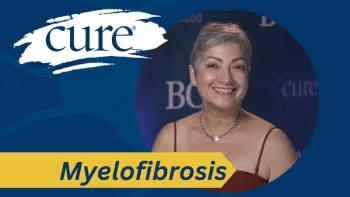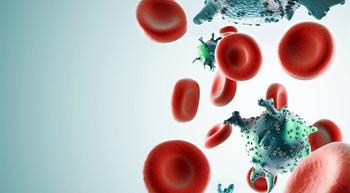
My Child Was Diagnosed With an MPN: Now What?
Myeloproliferative neoplasms are rare in children. Here are some tips on navigating the uncertainty of a rare cancer diagnosis.
Pediatric myeloproliferative neoplasms (MPNs) are extremely rare, and as with any other rare disease, it is important to find a treatment team that specializes in the condition and that the parent and caregivers can trust.
“In rare diseases, physicians are usually comfortable about reaching out to other doctors if they don’t have a lot of expertise in something. And I think that understanding why your doctor is doing something is also really important,” said Dr. Nicole Kucine, associate professor of clinical pediatrics at Weill Cornell Medicine, in an interview with CURE®.
To Treat, or Not to Treat?
MPN is a chronic condition with a high survival rate – especially in younger patients – so children may be living with the disease for years to come. Treatment is not always necessary, so parents and their children should talk with health care providers about whether or not to start therapy, and if so, what the goals of treatment would be.
“There are absolutely some kids who I think most people would agree (need to be treated). If they have a major blood clot, they’re having terrible symptoms or something truly bad is happening, their disease needs to be controlled,” Kucine said. “I think people are more comfortable in that setting putting the patient on cytoreductive therapy.”
The goal should always be disease and symptom management to promote as normal a life as possible for the child with the MPN.
“Finding ways to manage symptoms, making sure that kids are involved in activities they want to do and finding ways to make that happen – that is really important,” Kucine said. “So that kids can feel like kids and not feel like they’re sick all the time and not able to do what they want to do.”
Bone Marrow Transplant
Currently, there’s only one treatment option that can potentially cure an MPN: bone marrow transplantation. If a patient has a matched sibling donor who does not have the same MPN-causing mutation as the patient, that could be a viable option.
“If somebody is completely healthy, they may be less likely to go for a transplant. But I always say (to patients and their families) just meet with the transplant team and hear about the risks and benefits. Get a feel for what transplant may really look like and what it could offer your child,” Kucine said.
Otherwise healthy children are usually good candidates for transplants. Younger people tend to be more fit and lacking comorbidities of older patients with MPNs that may preclude them from being eligible for the procedure.
“You usually have better outcomes if you have a healthier patient because you have less side effects with the medications … If there are other comorbidities, a lot of medications around transplant might affect the liver or kidney or heart. If you already have perfectly healthy organs, it certainly makes it easier to have a transplant than if you have medical problems.”
Change the Way You See the Disease
Part of promoting a normal life after an MPN diagnosis may also involve the patient and family members re-evaluating how they look at the disease.
MPNs are technically considered cancers – which can be a good thing, as that classification opens doors for research and funding money. However, hearing that your child has cancer can be emotional and overwhelming.
“For someone who has been diagnosed with an MPN at the age of 8, I don’t really think it’s helpful to think of this as a blood cancer. I think of these as chronic bone marrow diseases,” Kucine said, emphasizing that an MPN diagnosis should not keep a child from doing what they love or attending school and other activities. “I try to put it into more of a long-term mindset and really think of it as a chronic (disease).”
For more news on cancer updates, research and education, don’t forget to




